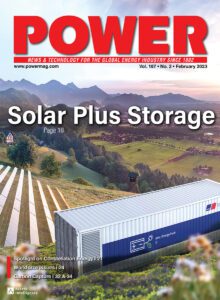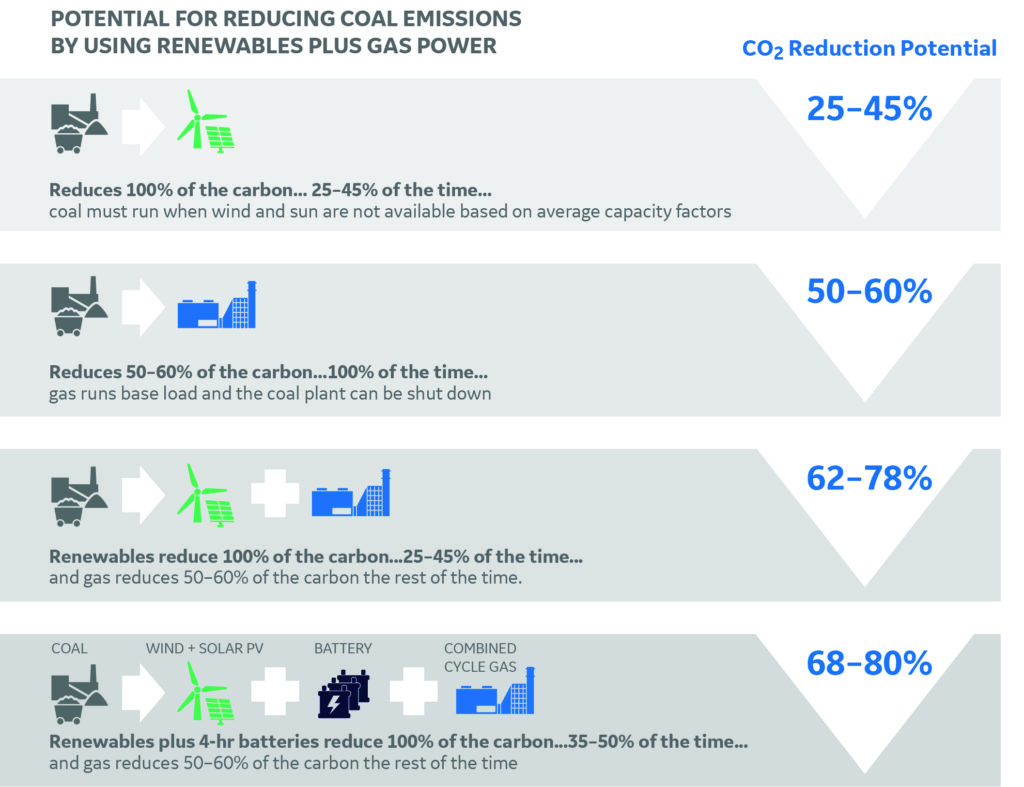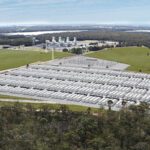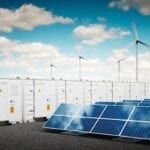Most major utilities and energy generators have by now committed to cutting carbon dioxide and other greenhouse gas emissions in order to meet both government and corporate targets and ultimately avoid the worst impacts of climate change. Decarbonizing the energy sector, which contributes 35% of the world’s total emissions, is thus a critical aspect of climate action. Fortunately, there are commercially available technologies that make decarbonization achievable, and we’re already making progress.
Evidence indicates that concern over climate change coupled with available, affordable technologies is already driving the deployment of wind and solar energy.
COMMENTARY
According to McKinsey: “By 2026, global renewable-electricity capacity will rise more than 80 percent from 2020 levels (to more than 5,000 GW). Of this growth, two-thirds will come from wind and solar, an increase of 150% (3,400 GW).”
That’s the good news—sustainable, emissions-free renewable energy that’s readily available and costs less than conventional fossil-fuel generation. But adding wind and solar generation capacity alone will not be enough to decarbonize the grid. Unlike the fossil-fired generators that renewable resources are replacing, the sun does not always shine and the wind does not always blow.
Harnessing the Carbon Reduction Potential of Renewables
Wind and solar generation will be the predominant technologies that help us decarbonize our grids. The challenge is that the generation from these resources is variable, subject to weather conditions which don’t always align with grid demands. During periods of high wind and solar production in regions with significant renewable energy generation capacity, generation often exceeds demand, leading to curtailment of that potential energy.
Curtailed energy is simply lost—and a missed opportunity to reduce carbon emissions. If curtailed clean energy could instead be stored for later use, the full carbon reduction potential of renewable generation capacity could be harnessed. Making clean energy available when needed, instead of only when available, will be critical to powering society with carbon-free energy 24/7.
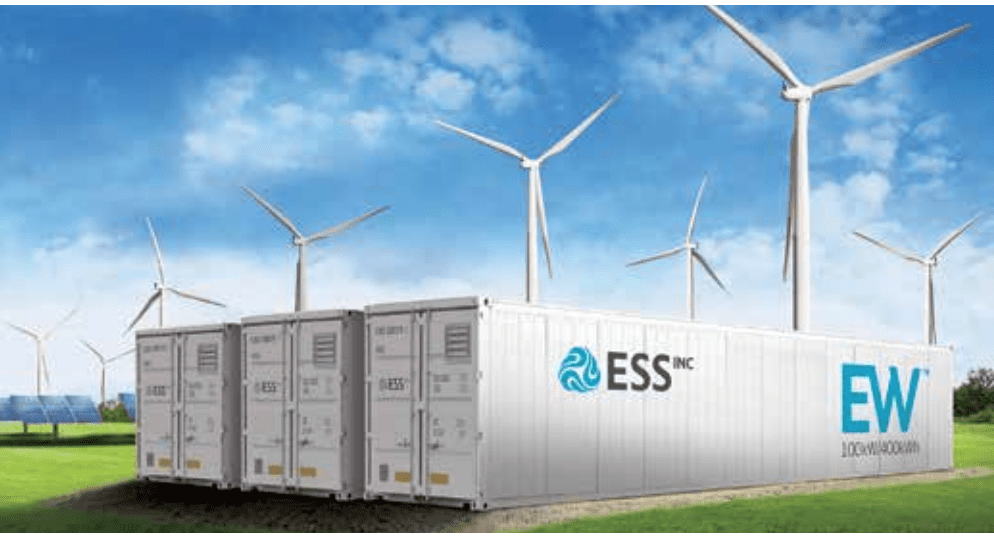
Today, new energy storage technologies are becoming available that do this. To date, most grid-scale energy storage has been able to provide power for relatively short periods of time—about two to four hours. While this type of storage can smooth out grid fluctuations, it falls short of providing clean energy whenever needed. New long-duration storage technologies, like the iron flow batteries manufactured by ESS, are able to deliver power for longer time periods to bridge the gap between intermittent renewables and energy demand, enabling clean energy to power the grid reliably.
How Much Energy is Lost to Curtailment
California provides a useful case study to evaluate the scale of the curtailment challenge. As a leader in clean energy generation (solar accounted for 17% of the state’s utility-scale net generation in 2021 and wind accounted for 8%), trends observed today in California could develop elsewhere as renewable penetration increases.
Curtailment is already a significant issue in California: in 2021, the California Independent System Operator (CAISO) curtailed approximately 1,400 GWh of utility-scale solar and nearly 80 GWh of wind that year—just more than 1,500 GWh—or enough to power nearly 220,000 homes for a year. In just the first half of 2022, the state curtailed nearly 2,000 GWh of solar and about 90 GWh of wind.
Other states experience similar trends, even at lower levels of renewable energy capacity. New York obtains 4% of its renewable energy from wind and 2.5% from solar, and NYISO reported wind curtailment of nearly 84 GWh for 2021 (NYISO does not quantify solar curtailment). If this power were stored and then available on demand, it would be enough to power 11,500 homes in New York for a year. In the Southwest Power Pool (SPP), where 29.6% of generating capacity is wind, just over 6,300 GWh of wind energy was curtailed in 2021–enough to power nearly 600,000 American homes for a year.
Curtailment of renewable resources is not limited to the United States. According to an independent report by Lane Clark & Peacock (LCP), the cost of curtailing wind production in the UK to manage that country’s electricity system rose from almost £300 million ($358 million) in 2020 to over £500 million ($597 million) in 2021, leading to higher energy bills and carbon emissions. Costs increased substantially because the grid operator relied on expensive natural gas generation to manage periods when wind was curtailed, due to a lack of energy storage.
Capturing the Missed Carbon Reduction Opportunity
On an average afternoon in August 2022, energy generation in CAISO emitted ~233 mTCO2/GWh. At that rate, if all 1,500 GWh of curtailed solar and wind energy in 2021 had been stored for later use, more than 350,000 metric tons (mTCO2) of carbon emissions would have been avoided. That is equivalent to the yearly CO2 emissions of over 76,000 passenger vehicles.
If recent trends are any indication, the magnitude of curtailed energy and missed opportunities for avoided emissions will continue to grow as more renewable generation is brought online. Cumulative solar PV capacity in California, for example, more than doubled between 2015 and 2020, with curtailment increasing nearly sixfold over the same period.
Nationwide, capacity additions planned for 2023 amount to 24 GW for solar (in addition to 20 GW for 2022), and 4 GW for wind. The U.S. Energy Information Administration (EIA) expects solar energy to account for 20% of domestic generation by 2050, up from 3% today. Just in California, solar generation is expected to increase by more than 24 GW in the next five years.
Globally, the view is even brighter: McKinsey predicts that by 2035, renewables will generate 60% of the world’s electricity.
The takeaway is that the rapid expansion of renewable generation will require increased energy storage capacity to capture clean energy that would otherwise be curtailed and ensure a stable, reliable grid. Adding LDES to the grid can also reduce the costs of grid upgrades by acting as a buffer for intermittent renewable resources. In the U.S. alone, adoption of LDES technologies could reduce the total cost of decarbonizing the power sector by $35 billion a year.
Technology Options and Opportunities
There are a number of emerging technology options for expanding long-duration storage capabilities. To date, most large-scale storage is pumped hydropower, which accounts for 95% of utility-scale storage in the U.S. Lithium-ion batteries have historically dominated new procurements, but they cannot economically provide more than four hours of storage duration. They face the additional challenge of reliance on a supply chain dominated by foreign countries, some of which are geopolitical rivals or nations with questionable human rights records. Recent legislation, especially the Inflation Reduction Act, will drive creation of secure battery supply chains, including critical minerals, both domestically and with allies, but this evolution will likely take years. In the meantime, support for next-generation storage technologies will be crucial in harnessing the full potential of renewable generation.
Today we have a tremendous opportunity. With the advent of new LDES technologies that provide storage for durations ranging from multiple hours to multiple days, such as flow batteries or compressed air storage – or even weeks, such as hydrogen – it is now possible to harness the full potential of intermittent low-carbon energy and power the grid with clean energy 24/7. And, adding storage to the grid will reduce carbon emissions right away, by not only supporting new renewable resources, but by avoiding curtailment and fully realizing the carbon reduction potential of the renewable resources we already have.
—Hugh McDermott is senior vice president, Business Development and Sales, for ESS Inc.


